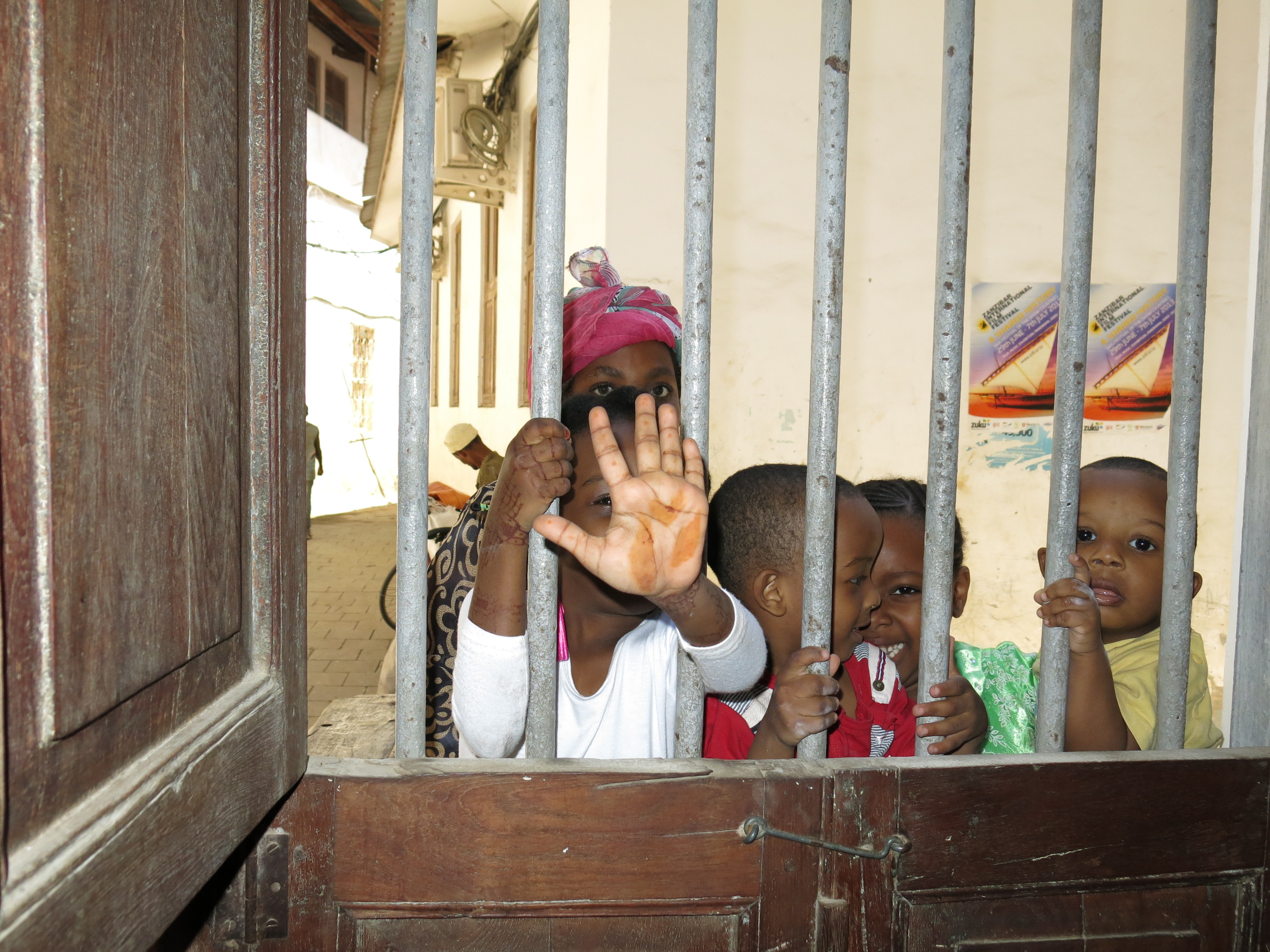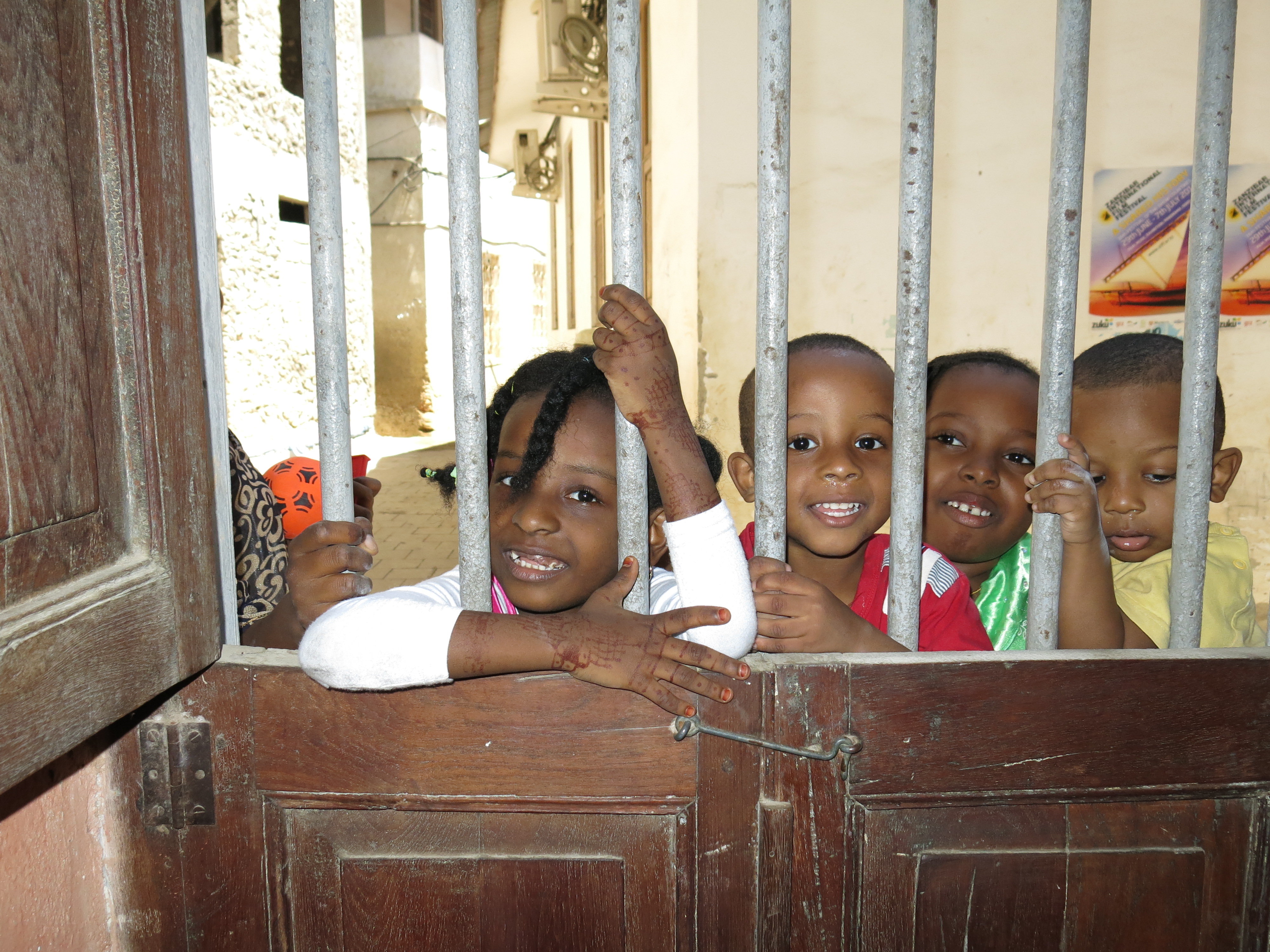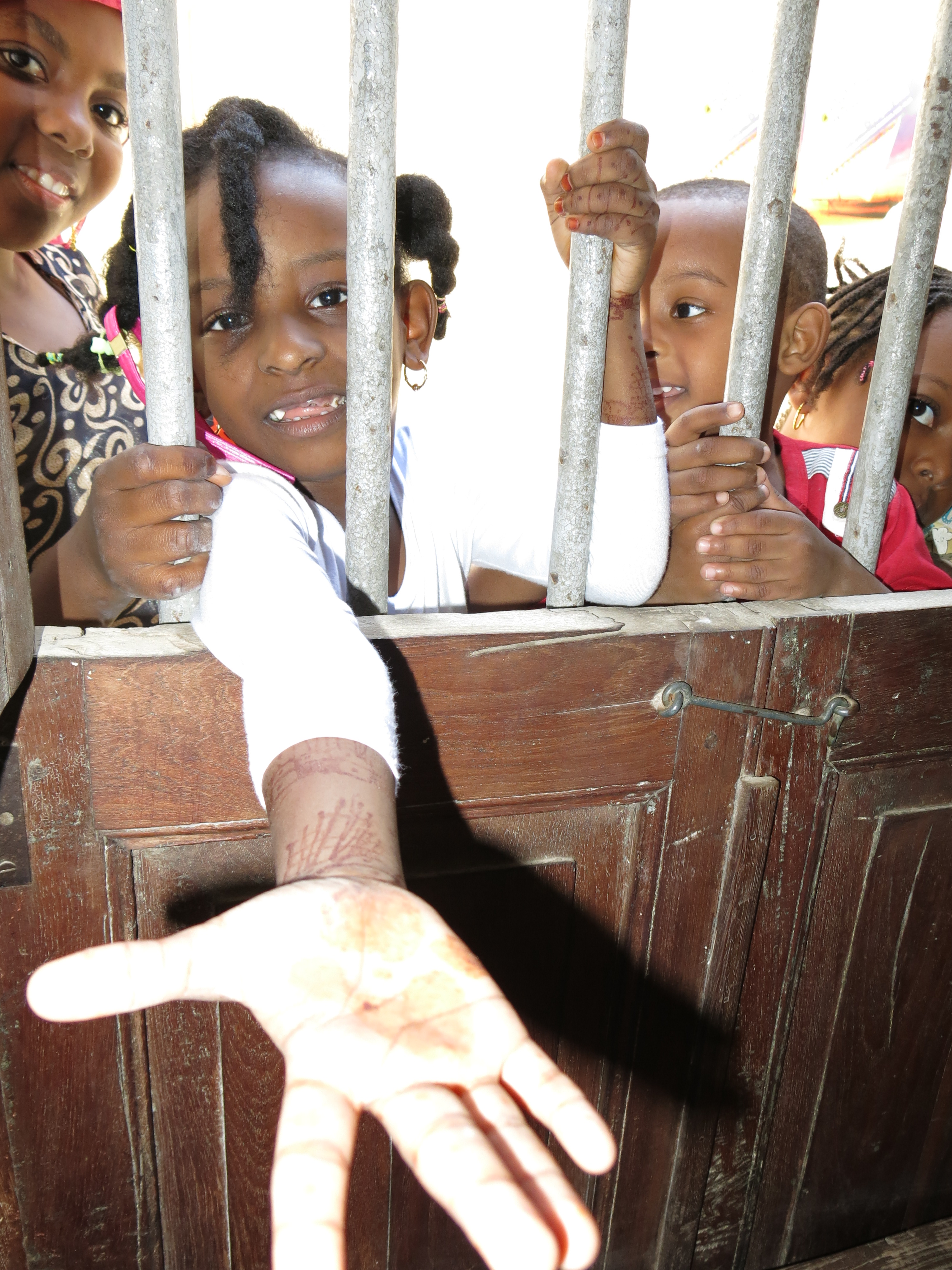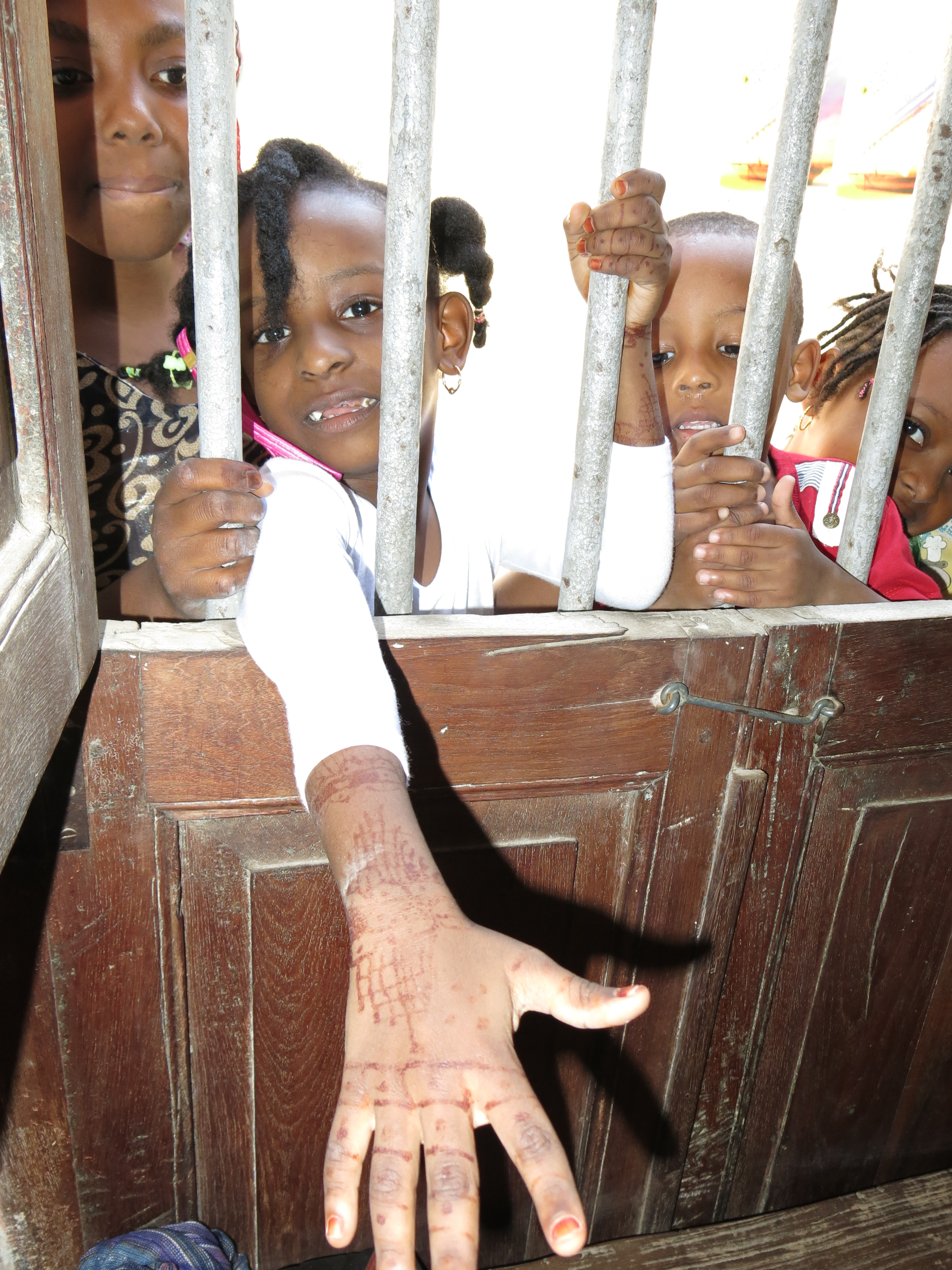Shortly after I arrived in Zanzibar three years ago, I coordinated a training workshop for members of a fantastic local NGO, JAMABECO. They were seriously motivated and had implemented a successful environmental awareness and clean-up programme in their village of Jambiani on the east coast of Unguja, Zanzibar. Our objective in the workshop was to plan beach clean-ups in ten new communities around southern Unguja. I was very excited and felt it was going well.
I asked the participants to tell me what equipment they would need to hold the clean-ups, expecting answers like ‘gloves’, ‘bags’, ‘rakes’.
The very first answer knocked me sideways:
‘We need T-shirts.’
T-shirts?
How? What? Had they misunderstood the question? The number one thing you need to clean a beach is a T-shirt? Why on earth?
But the nodding heads around the room told me they were absolutely serious.
The problem, I came shortly to realise, was this.
Although they had carried out numerous beach clean-ups and other activities in the past – they had always had sponsorship from overseas donors to carry out the events. And donors need evidence to show how money was spent, and evidence of things done. They need visibility. Also pictures of happy African kids. Also the budget has to be spent by the end of the quarter. So let’s have a big flashy event! Lots of photos with the aid agency logo visible! What could be better than lots of people and cute happy kids in T-shirts splashed with your logo? And a clean beach! Fantastic! Everybody have a cookie!
But what happens next? Here we had a workshop full of people brimming with concern about environmental degradation, dedicated to taking action, giving up all their free time to the cause… but feeling completely unable to implement any activities to do something about it until someone would come along to pay for it. They want nothing more than to organise clean-ups monthly, or even weekly, but they can’t afford T-shirts, so it can’t be done.
The thing is – a T-shirt is a shortcut. Poverty in Zanzibar means that people in rural villages typically subsist on less than a dollar a day. Keeping your family adequately clothed is a huge challenge, and one new t-shirt represents a few days’ income (if you even have a job). Giving out T-shirts amounts to a substantial incentive to participate. And this means no further encouragement of less tangible benefits is required, everyone will be there with bells on. Huge turnout! Job well done!
The reality is that in rural communities, people often tolerate litter and dirt because they have never been taught that there are costs. In addition (though it is slowly changing) there is essentially no waste collection service and nowhere to take it. Exactly what are people supposed to do with their rubbish except leave it on the beach?
A friend of mine who has a hotel in the same village told me a similar story. Adjacent to his beach hotel is a small patch of indigenous woodland. The community had been using it as a waste dump and causing both he and his guests some distress. To reach out to his neighbours he offered them a little money to clean the waste and take it away, and they did so with alacrity. The next day, however, he woke aghast to find the place full of rubbish again and the villagers knocking at the door, asking for money to clean it again.
It comes down to finding the right incentives. When people are poor, creating jobs seems an obvious solution. But when you examine it from an economic perspective, if you pay people (or give them T-shirts) to clean the beach, you are telling them that the resource they have which is worth something, that is valuable, is a dirty beach. Hold your big clean-up, give out T-shirts, or pay neighbours – whatever. There is no incentive whatsoever to actually keep it clean. Far better, surely, to ensure it gets dirty again quickly so people will come sooner with more T-shirts and more jobs.
And when you go away, the people like JAMABECO who do care, very much, about the state of the environment, are left feeling they can do nothing about it.
So how can we do better?
Back in my workshop, we spent the next days focussing on alternative motivation techniques. We had breakout sessions – Imagine you’re speaking to a mother, a teacher, a hotel owner – why should they care? What are the benefits of a clean beach? Forget about marine biodiversity or the baby birds starving on oceanic islands thousands of miles away. Those things matter of course, hugely, but to whom?
Keep it locally relevant. Talk to people about what actually matters to them, day-to-day. Talk to mothers about the health of their children – if there are dirty nappies (diapers) on the beach where you are also collecting shellfish to feed your family, they’ll get sick. If fishing is your livelihood, and there is plastic in the ocean, fish will eat it, it blocks their guts and they will die. If you work in a hotel with a dirty beach, tourists will be disgusted and will leave, so support your community initiative to clean the beach, lend them wheelbarrows, buy gloves, let them wash their hands in your hotel afterwards. Breathing fumes from burning plastic increases risk of diseases like cancer and lung disease. Top tip: if you really want to pull the emotional heartstrings, stress links to impotence and infertility.
And do you know what? It worked.
The volunteer peer-to-peer educator team went out and spent the next few weeks introducing ideas of environment and sustainability into new communities, and, armed only with information about the locally-relevant dangers posed by pollution, motivated enormous participation in the clean-up events. Literally thousands of people turned out to participate, and collected several tonnes of waste, and were offered no incentive other than knowledge of why it would be worth it.
And it wasn’t a one-off: the new communities formed environment clubs, committees and NGOs themselves. Clean-ups became monthly and in one community even a weekly event.
And do you know what else happened? A few months later JAMABECO invited me to attend a beach clean-up event in a community in the north of the island, outside the remit of our partnership and not in the budget. They were so fulfilled by the success of the new approach, so proud of themselves and empowered by their new-found skills, that they funded and organised it themselves.
Yes, this approach is more complicated, and yes, it takes longer and you’ve got all that cash that has to be spent by the end of the reporting period… But bribery-by-T-shirt as a sole-incentive fosters dependence, inhibits creativity, demotivates and disempowers. It misses the point.
As it happens, I have to admit that our project was donor-funded, so – though we kept it top secret till after our successful clean-up events – they got a T-shirt too.





